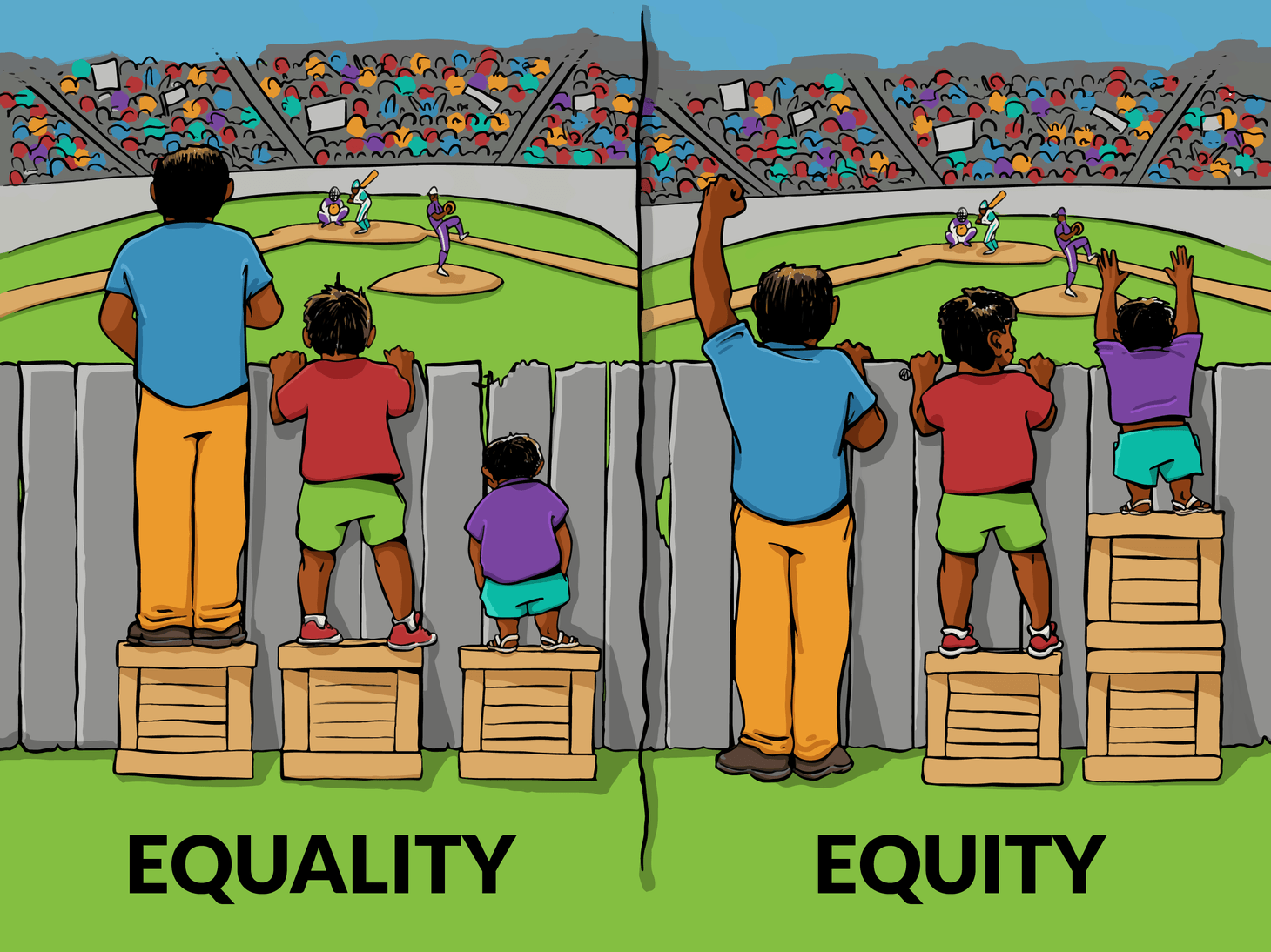Why Build Diversity, Equity and Inclusion into Conferences?
People come from different contexts and circumstances. This means that on a structural level, some individuals will consistently have fewer barriers preventing them from participating and speaking at events like conferences—and some individuals will have significantly more. These systemic barriers are often a function of geographical and racial background, class, gender, and ability. The barriers themselves could be financial, physical, geographical, or social.
How can organizers design a conference that takes these and other factors into account? How can we all be more thoughtful about barriers that could prevent people from participating? How do we design an event that minimizes those barriers—one that people from a diversity of contexts and experiences can participate in? This requires attention at every stage of planning a conference—which we try to cover in this report. The report goes over decisions around what kind of venue you are choosing, how to minimize financial barriers, how to ensure that voices which are often neglected in mainstream conversations are heard and centered, and more, based both on lessons learned from planning OpenCon over the years, as well as external resources on accessible event planning.
Diversity, Equity, and Inclusion 101
DIVERSITY
Diversity refers to having a range of people across gender identities, racial backgrounds, geographic locations, socioeconomic backgrounds, ages, ability, sexual orientation, and other characteristics represented and participating in a space, event, or community. Although diversity has a lot to do with who’s in the (sometimes metaphorical) room—it’s more than that. A diverse community also considers whether people from a wide range of backgrounds can meaningfully engage at all levels of the community. This means diversity also has to do with whose perspectives are being heard, who gets to make decisions, and more.
EQUITY
Equity is another word for fairness. Equity is an approach that recognizes that the magnitude of systemic barriers posed to a particular person will vary based on their gender identity, race, geographic location, class, age, ability, sexual orientation and other factors. Equity recognizes that different people will need different amounts of resources or support in order to succeed and overcome these barriers. It is important to note that equity is different than equality, because equality-based approaches assume that everyone should be treated the same. Unlike equity, equality ignores the fact that different people begin with different resources and barriers, and therefore will need more or less support as a result.

EQUALITY VS. EQUITY - Interaction Institute for Social Change
Artist: Angus Maguir - interactioninstitute.org / madewithangus.com.
In this image, the fence represents a systemic barrier. An equality-based solution would treat everyone the same, despite the fact that the people in the image are clearly different and need different degrees of support to overcome the barrier. An equity-based solution recognizes these differences and provides an appropriate degree of support to each person based off what they need.
INCLUSION
Inclusion takes diversity one step further. When we talk about diversity, we are talking about having a wide range of voices and perspectives present and participating. When we talk about inclusivity, we are talking about communities, spaces, events, or solutions that are designed to be for people from a wide range of backgrounds. This means a space can be diverse, but not inclusive; you can have people from different backgrounds at an event, but do they feel welcome? Are you forcing them to adapt to a space that isn’t built for them? Designing an inclusive event translates to everything from physical space (are people using wheelchairs able to enter the venue you’ve chosen?) to workshop content (do your workshop materials assume that all participants will be coming from a similar social, cultural, or racial context?).
Diversity, Equity, and Inclusion at OpenCon
Central to advancing Open Access, Open Education, and Open Data is the belief that information should be shared in an equitable and accessible way. It is important to us that OpenCon reflects these values both in our communities and in the design of our conference. We recognize that although the Open movements are global in nature, privileged voices—those from higher income countries, wealthy institutions, and those who experience systemic advantages based on factors such as (but not limited to) race, gender identity, class, and ability—are typically prioritized in conferences. Openness in research and education often embraces rhetoric around breaking down barriers to access—but how can we practice this in our work and gatherings? How can we minimize barriers to access not only to academic materials, but also to participation in our own communities and conversations?
To create an environment that minimizes replicating power structures that exist in society, OpenCon does its best to design a meeting that (1) is accessible and inclusive, (2) meaningfully engages diverse perspectives, and (3) centers conversations around equity.